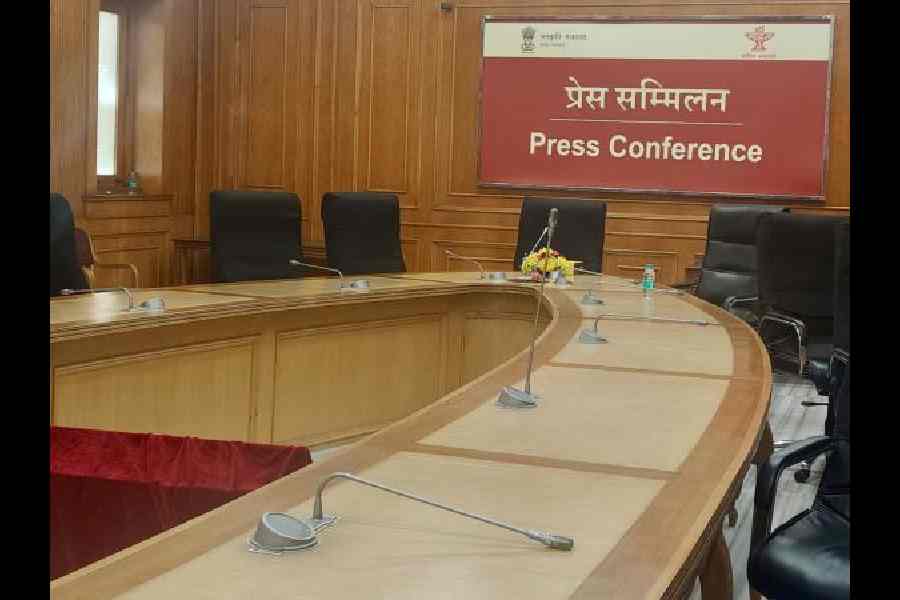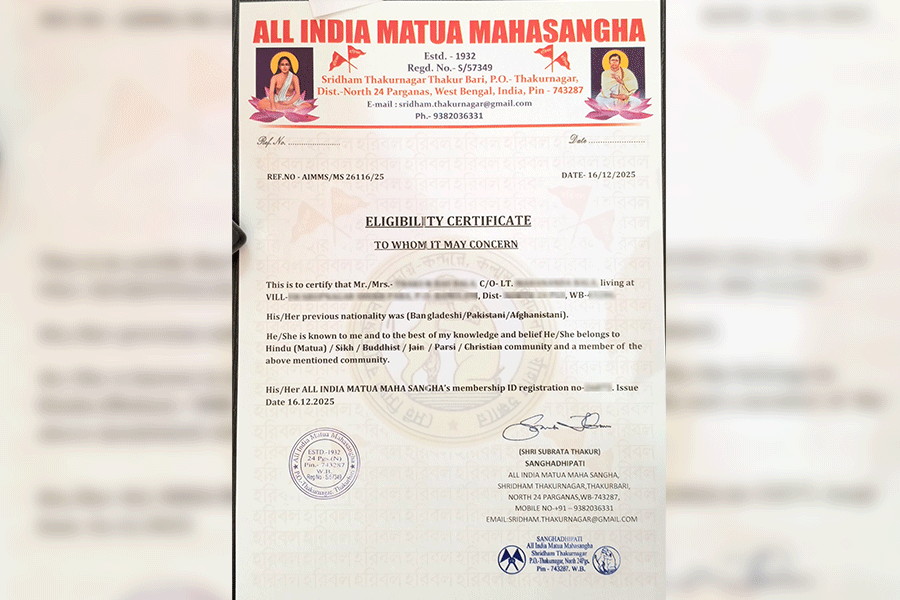While the Ukrainian march to reclaim lost land has been slowed by autumn mud, Kyiv’s forces continued to press their advance in the south, attack hastily established Russian defensive lines in the northeast and defend against a grinding monthslong assault in the Donetsk region.
Both armies are now dealing with the challenges posed by the thick clay sludge that hindered Napoleon’s army in 1812, slowed Hitler’s advance on the eastern front in 1941 and wreaked havoc on Russia’s plans for a lightning advance into Ukraine in the spring of this year.
Twice a year — during the autumn rains and again in the spring during the winter thaw — roads in Ukraine can be swallowed in slop, and fighting vehicles caught in the morass can find themselves vulnerable to enemy fire.
There is an old Russian word for the muddy seasons, “rasputitsa,” and the Ukrainians call it “bezdorizhzhya,” both essentially meaning “lack of roads”.
And without roads, as Ukraine’s defence minister, Oleksiy Reznikov, told reporters this week, the Ukrainian advance will move slower.
“This is the rainy season, and it’s very difficult to use fighting carrier vehicles with wheels,” he said.
Despite the adverse weather, battles raged as Ukraine sought to surround the important city of Kreminna, in the Luhansk region of eastern Ukraine, which was captured by the Russians in April.
If the Ukrainians can retake Kreminna, they can compromise a vital Russian logistical artery used to supply units in Luhansk as well as in the northern part of the neighbouring region of Donetsk.
Russian military bloggers released video footage of Moscow’s forces employing TOS-1 thermobaric multiple-launch rocket systems to slow the Ukrainian advance.
The Institute for the Study of War, a Washington-based research organisation, said the use of the powerful system could indicate either that the Russians are prioritising the area “or that Russian forces lack sufficient artillery systems or ammunition more appropriate for standard fire missions.”
The Ukrainian military governor of the Luhansk region, Serhiy Haidai, underscored the challenges for its forces in the area, noting that heavy rains had complicated the ability to move equipment.
New York Times News Service











